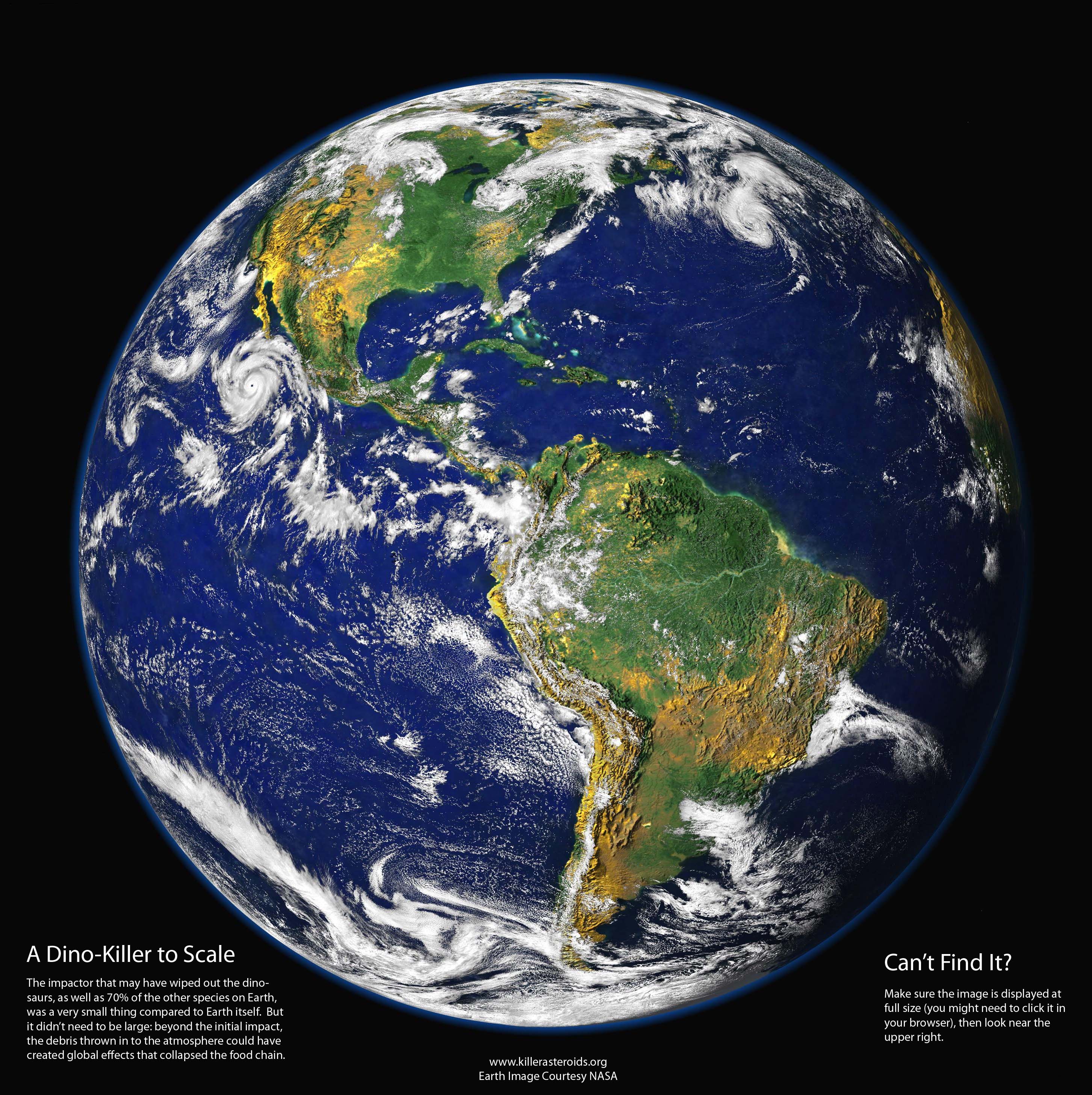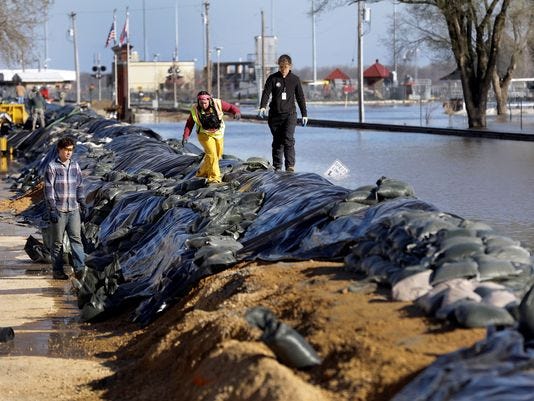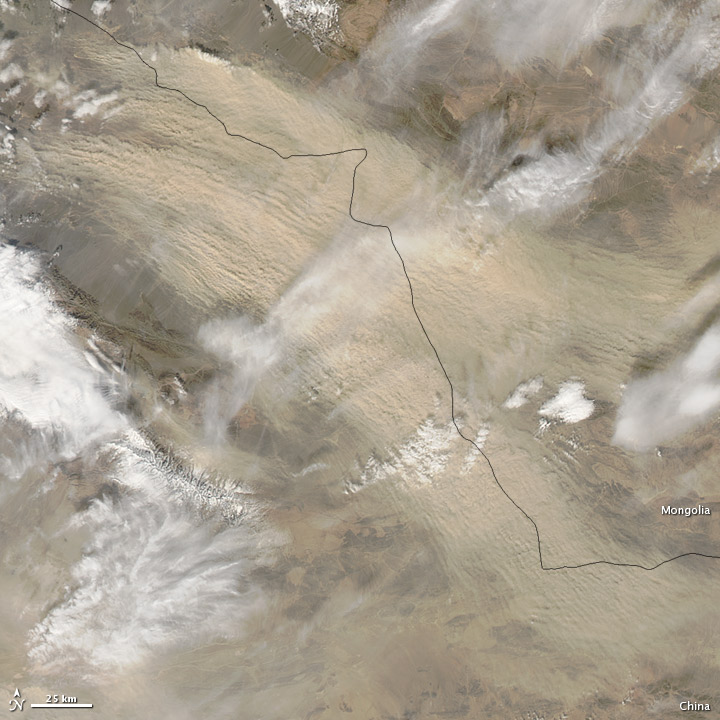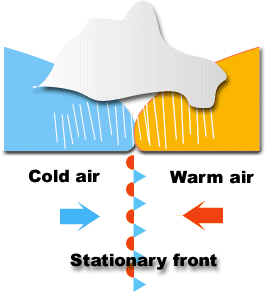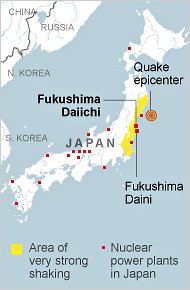January 6th, snow began to fall over the Mid-Atlantic. And as most east coasters know when the weatherman says a nor'easter, that is going to be all snow, is on it's way you need to prepare for some big snow and wind. This is exactly what happen from January 6th through the 8th. This snowstorm dropped over two feet of snow in most places.

However, most nor'easter drop this much snow so why is this one remembered, because this storm had a great deal of wind associated with it. Strong wind created whiteout conditions and snow drifts as high as the first story on houses.

This picture is from Temple Pennsylvania. I remember this storm, however, I was little. When the 1996 blizzard hit I was living in Ocean County, New Jersey. That summer is when we moved to Pennsylvania, and I remember asking my dad why Pennsylvania didn't get as much snow as New Jersey did.
I love these big storms! I love to predict them and love to watch the snow pile up.
With the end of the year coming up, I found ten weird things that happened in 2012. It will be like my own count down to the end of the year. This will start on Tuesday December 18th. Get excited!!



